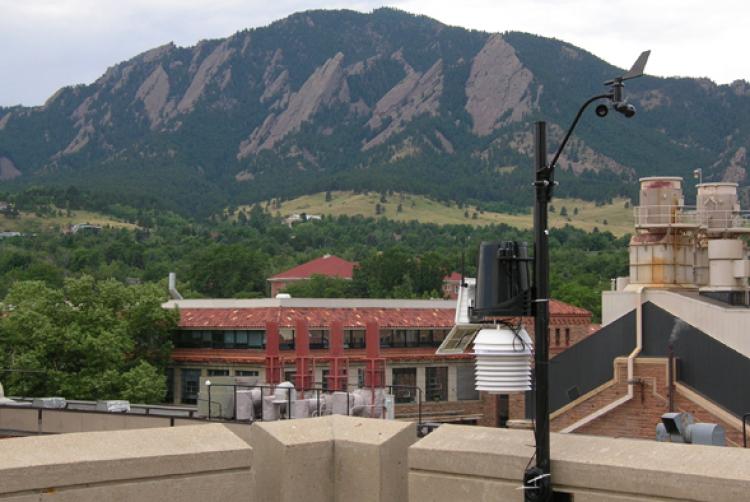Local Weather
Sommers-Bausch Observatory utilizes multiple forecasting tools, including:
- metroblue has detailed forecasts, radar / satellite imaging interfaces, and a seeing and cloud layer forecast. The seeing numbers reported don't seem to match but provide a relative reference.
- CU Boulder ATOC Weather Station has information from the last 24 hours on the local temperature, dew point, humidity, solar flux, pressure, wind speed, peak wind gust speed, wind direction, and rainfall. Wind limits are obtained from this source.
- GOES-East live feed lets you get a good picture of the live conditions.
- NOAA Forecast is a good all purpose forecast right from the source.
- SBO NOAA Sky Cover provides information direct from the national digital forecast display database.
Additionally, the University of Colorado Boulder weather archive is also available.
- [Clear Sky Chart is a hyper-local forecast based on a global model. Occasionally gives very discrepant predictions.] SBO Clear Sky Chart is an astronomer's forecast. At a glance, it shows when it will be cloudy or clear for up to the next two days. It's a prediction of when Sommers-Bausch Observatory, CO, will have good weather for astronomical observing. The data comes from a forecast model developed by Allan Rahill of the Canadian Meteorological Center.

CU Boulder Weather Station on the roof of the Duane Physics Building.


